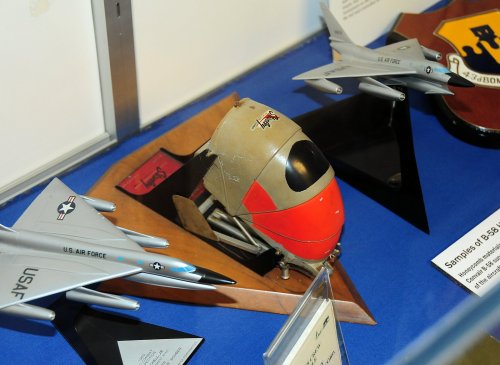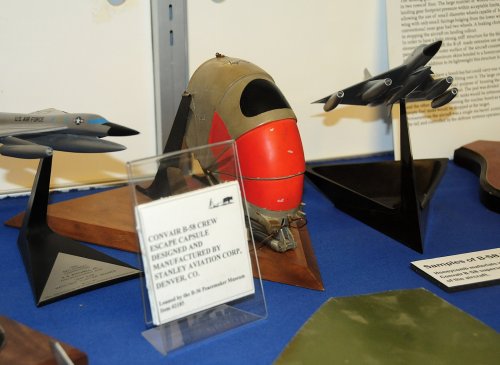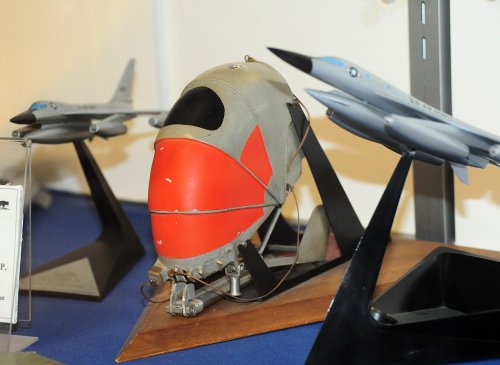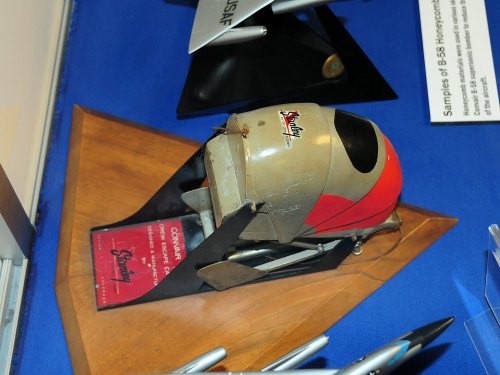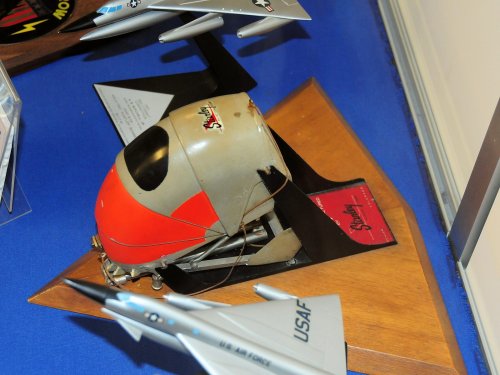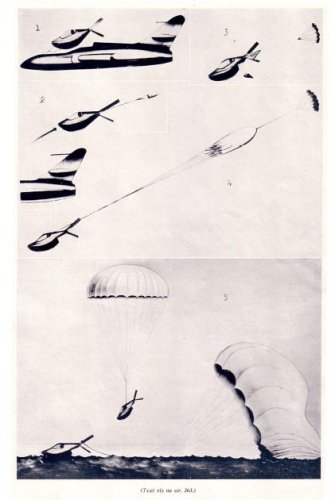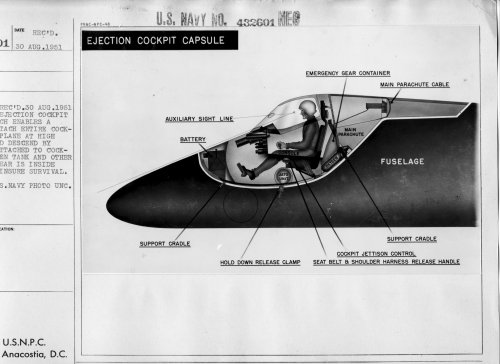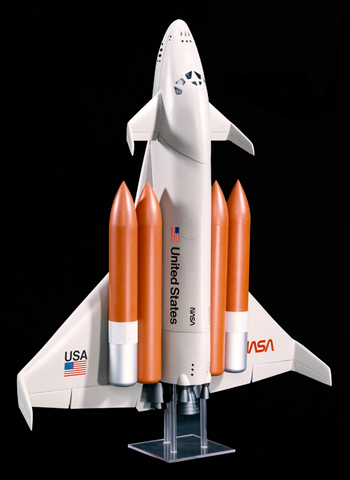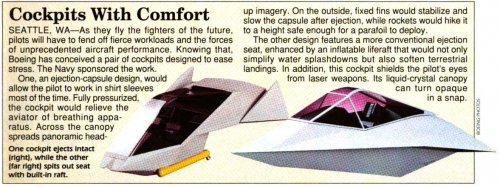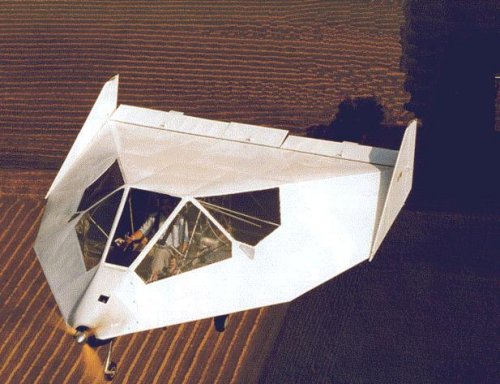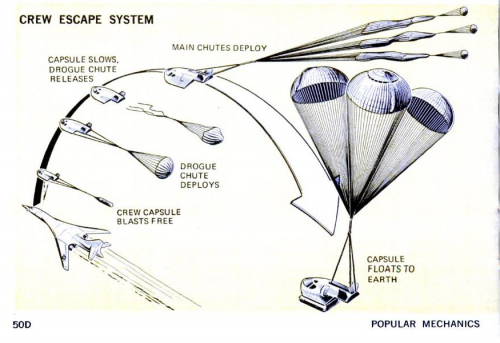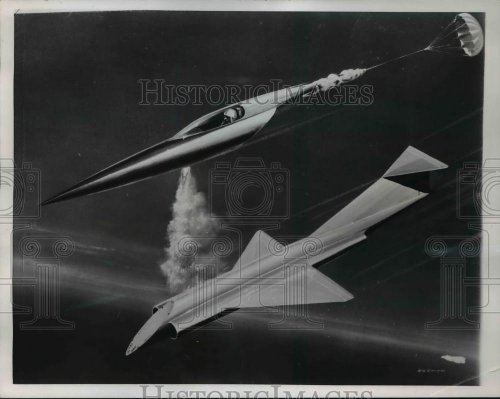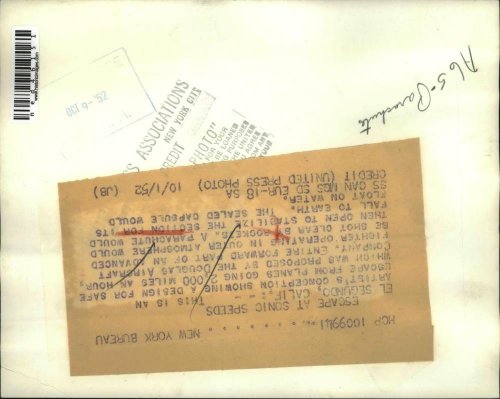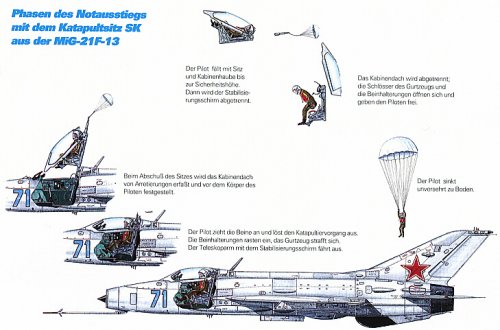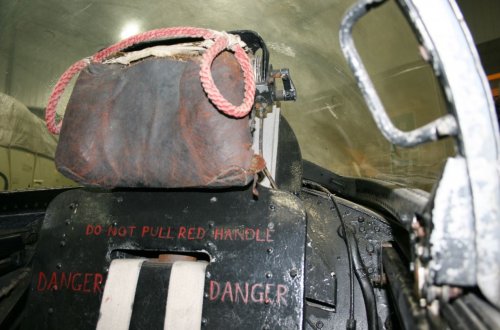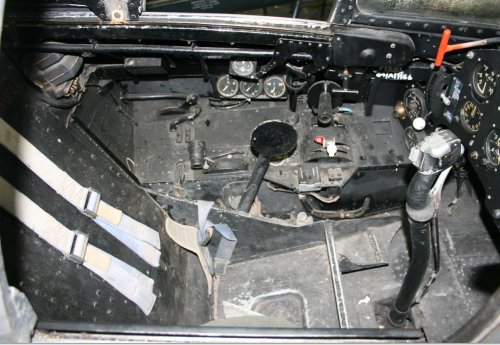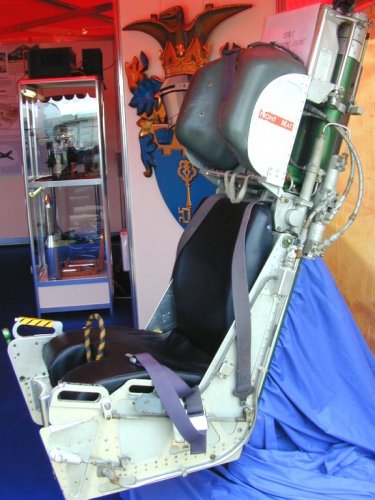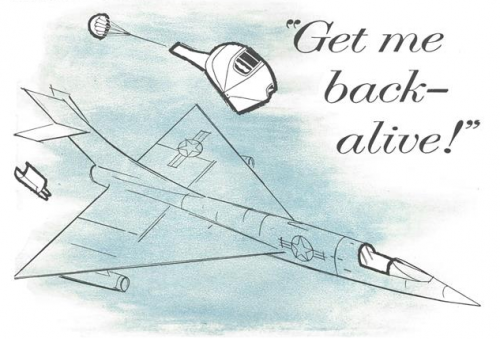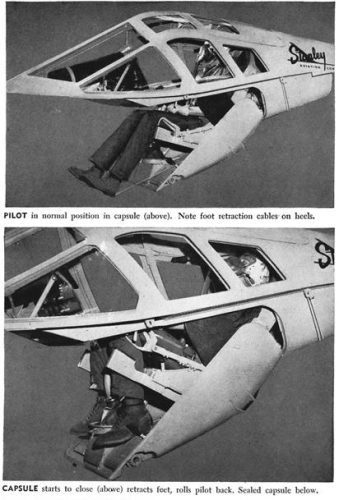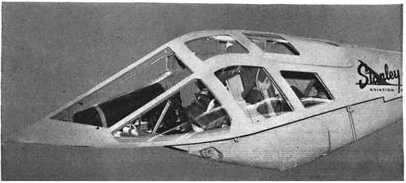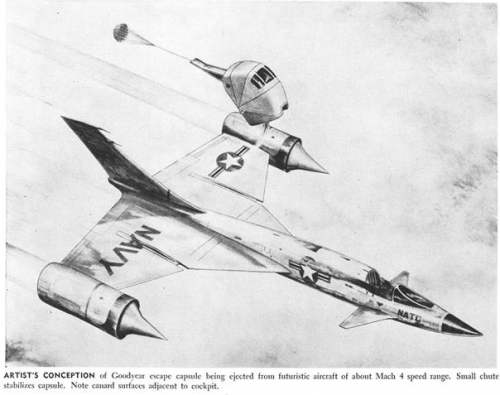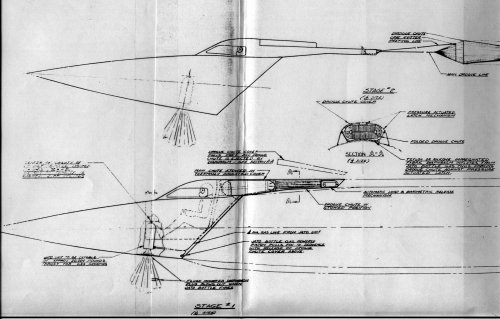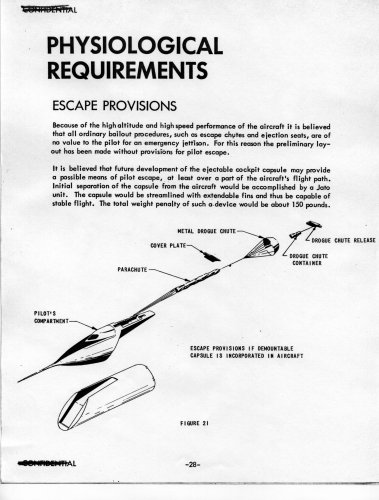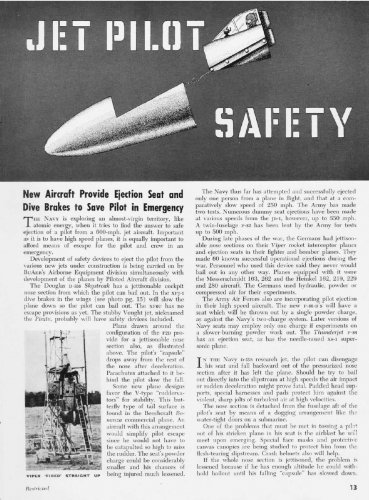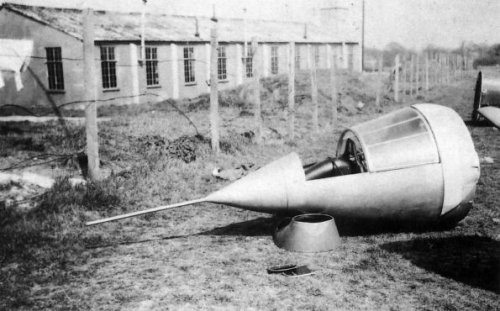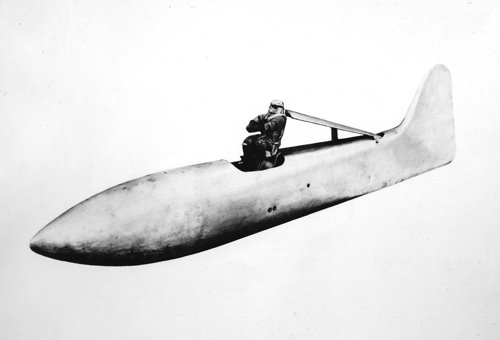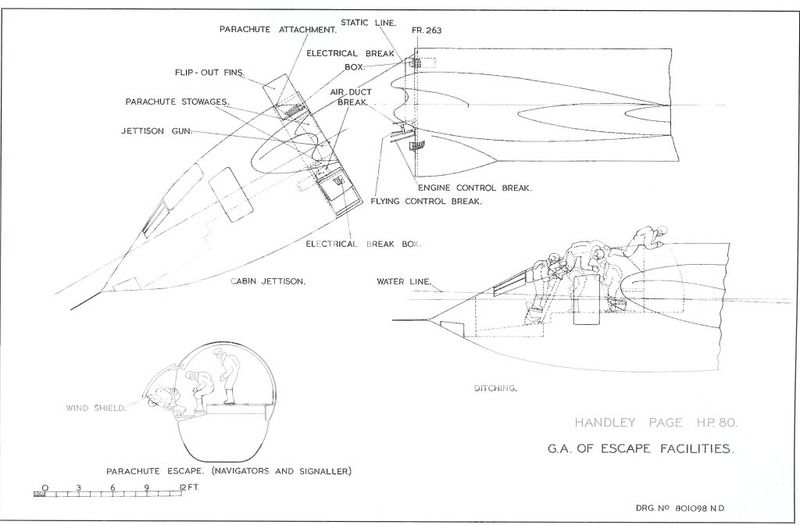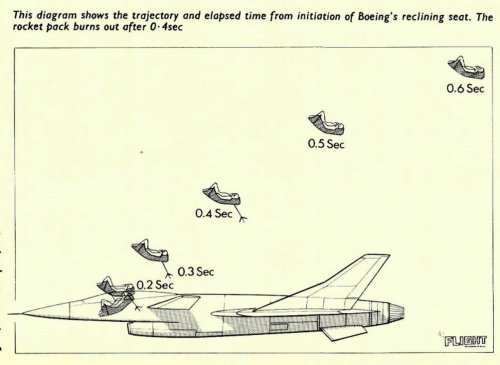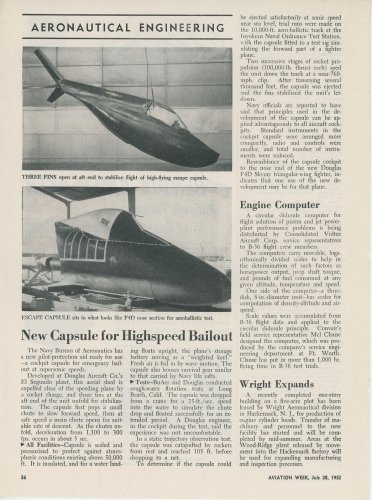ML and Martin Baker were both encouraged by the Air Ministry to provide a face blind firing handle. The two benefits were protection of the face, and improved spinal posture to cope with the initial gun acceleration. ML had preferred the seat pan side handle approach. Martin Baker continued with the face screen right up to the Mark 7 (F4K Phantom rocket assisted seat). The switch to seat pan only firing handles arose from increased need to eject at low altitude.
In 'controlled' ejections due to say an aircraft malfunction at altitude preventing safe landing, the pilot has time to strap up tight, slow the aircraft, jettison the canopy, and then go. In high speed, low altitude ejections from say a missile or bird strike, there no time to prepare. Having only one seat pan handle cuts down decision making (which handle to pull), places the firing handle close to the pilot's hands on stick and throttle, and avoids situations where under high positive g the face screen handle could often not be reached. Poor posture was compensated by gas cartridge or seat movement powered harness and leg retraction. The first modern M-B seat with these capabilities was the original Mk8 for TSR-2 way back in the early sixties. It also featured powered head and arm restraint, a remarkably innovative seat in keeping with TSR-2's low altitude capabilities.
Early limb injuries were generally caused by a combination of air blast and aerodynamic instability of the seat (spinning) once it leaves the aircraft rails. Lots of work was done on this at RAE Farnborough, and you'll notice that on today's MB seats the initial drogue parachute, fired just as the seat is clear of the aircraft, is held on a three point latch system that keeps the seat facing into the airflow until it is ready for separation, when the two lower shackles release.
Way back when there were three UK seat suppliers, the Folland (SAAB) seat used in the Gnat had no such problems due to the twin gun system, whose extended tubes stayed with the seat and provided much improved stability. In the M-B design the middle gun section stays with the aircraft.

